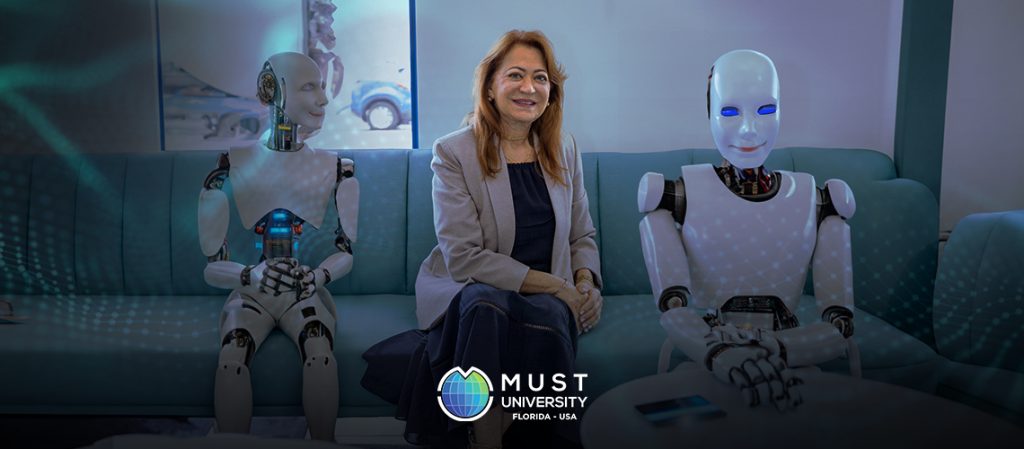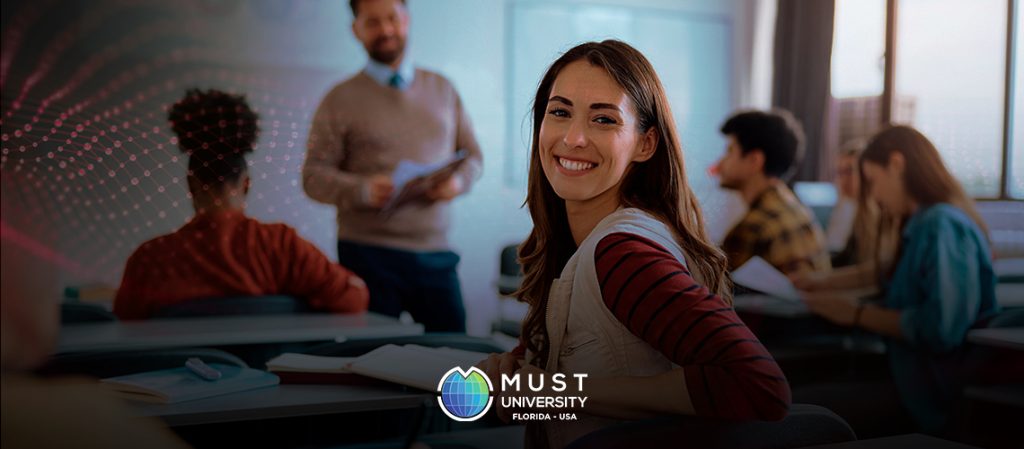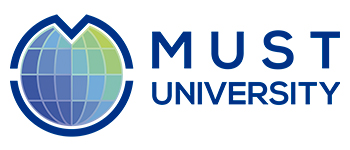The impact can already be felt in various sectors, including education.
Since the release of new technologies, unveiled at the end of last year, there has been a significant leap in the field of artificial intelligence, which allows us to envision how these tools can impact not only our present but also our future. An example of this is chatbots, whose potential is promising in various areas. However, questions and some apprehension arise among professionals in various fields. After all, can we already determine if Artificial Intelligence is our enemy or ally?
Undoubtedly, the new generations of artificial intelligence bring ethical challenges, but they can also represent the beginning of great changes. According to an article published in the Estadão newspaper, significant advancements can already be seen in the healthcare field, for example. The use of AI in specialties such as radiology, which deal with image recognition, has made important progress.
The “smart” chatbot developed by OpenAI can assist in communication about side effects and medication use, as well as provide basic health guidance and answer pre-exam questions. In other words, it becomes a basic interaction unit with the patient.
Furthermore, doctors have sought its help in communicating more empathetically when delivering difficult news about patients’ conditions to their families. They ask ChatGPT to craft sensitive and compassionate texts for this purpose.
In the educational field, some teachers are rethinking their teaching strategies and making changes that include an increase in oral exams, group work, and handwritten assignments instead of typed ones. The overall evaluation of the teaching staff is that “there’s no way to swim against the tide” and that it is better to have ChatGPT as an ally than an enemy. It is believed, therefore, that if well-utilized, the tool can optimize the teaching and learning process, minimizing negative impacts.
To give an idea, with its incredible responsiveness, artificial intelligence has even shown to be a good student and has “passed” exams such as the Master in Business Administration (MBA) at the University of Wharton, the Bar Exam (MBE), and the United States Medical Licensing Examination (USMLE). It has even demonstrated its potential in the National High School Exam (ENEM). However, in subjects involving human-related issues, ChatGPT tends to make errors when the answer depends on a broader understanding of context beyond what is explicitly stated in the question.
“Although the technology is developed by humans, it has limitations that ChatGPT itself acknowledges. It is important to highlight that the system can occasionally generate incorrect, misleading, or even offensive and biased content,” warns Giulianna Carbonari Meneghello, an expert in new distance learning technologies and president of MUST University.
It is worth noting that ChatGPT does not have access to the internet, which means it cannot provide information about current events. Its knowledge base has a cutoff date that corresponds to 2021. Given these limitations, it is crucial for educators to exercise curation and investigation when using ChatGPT as a resource.
For Giulianna, the big risk is people blindly relying on the answers provided by the system. It is necessary to investigate and confirm the information presented. By doing so, we can make the most of the potential of artificial intelligence to enhance teaching and learning, ensuring the quality and accuracy of transmitted information. “Collaboration and sharing are the future of connected education,” emphasizes the president of MUST University.





